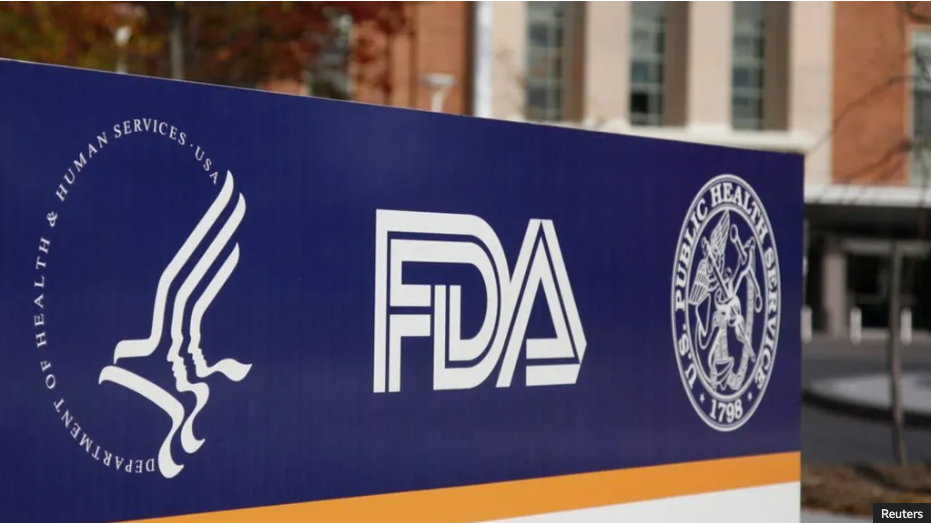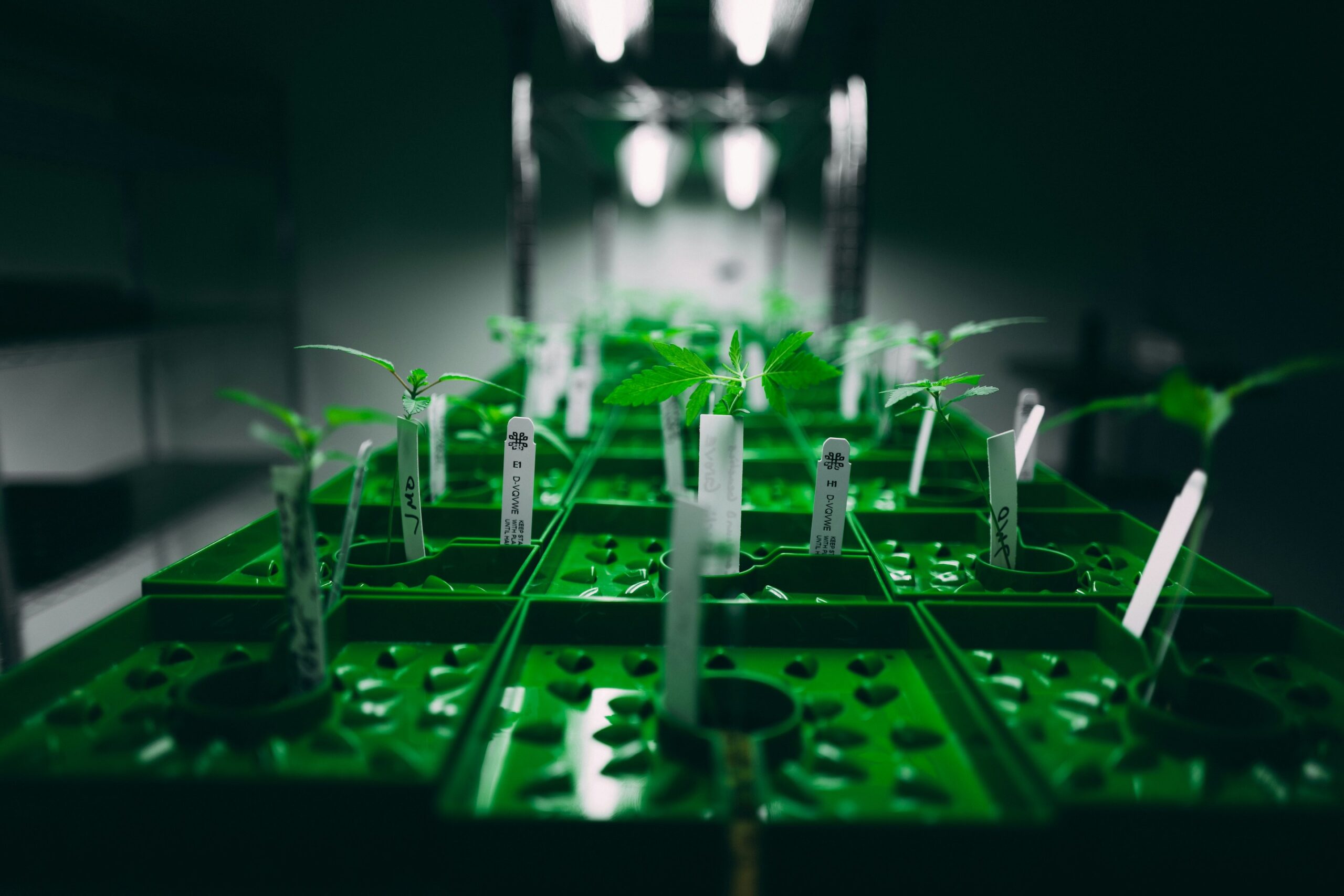May 27th – June 3rd, 2022
Cannabinoid Receptor 1 Blockade: A Novel Therapeutic Target to Treat Lower Urinary Tract Symptoms (LUTSs)?
Administration of a CB1R antagonist decreased LUTSs in a mouse model of induced bladder dysfunction, a new study suggests.
The endocannabinoid system (ECS) is a wide-ranging biochemical communication and regulatory system found in the central nervous system (CNS), peripheral nervous system (PNS), and immune system, known to play a key role in maintaining body homeostasis. [1] It is composed of internally produced (or “endogenous”) cannabinoids, enzymes responsible for their synthesis and degradation, and cannabinoid receptors (CB1R and CB2R), distributed throughout the body. Specifically, both receptors have been discovered in human and animal bladders as well as within nerve fibers innervating the bladder, and as such, it is not surprising they could play a role in treating lower urinary tract symptoms (LUTSs). [2],[3] These include increased frequency, urgency, or current urinary tract infections, affecting about 16% of the population over the age of 40. [4],[5] This can impact patients’ quality of life preventing them from performing everyday activities. However, the scientific literature has mixed results regarding the benefits of activating or blocking the ECS on bladder function. [6]
A group of researchers from Israel aimed to determine whether blocking CB1R via a CB1R antagonist (JD5037) can ameliorate LUTSs using a mouse model of induced bladder dysfunction. [7] Using a wide array of biochemical analysis, they found that JD5037 attenuated cystitis severity (example of LUTSs), normalized the levels of inflammation and endogenous cannabinoids, suggesting that blocking CB1R may be a good therapeutic strategy for LUTSs.
The authors concluded: “Hemorrhagic cystitis is characterized by bladder dysfunction, inflammation, and altered ECS tone. Peripheral CB1R blockade has the potential to ameliorate these characteristics and to restore normal bladder function… they may further support the preclinical development and clinical use of peripherally restricted CB1R antagonism for treatment of LUTSs.”
Phytocannabinoids to Treat Non-Alcoholic Fatty Liver Disease (NAFLD)?
Cannabidiol (CBD) may be a better suited agent than ∆9-tetrahydrocannabinol (∆9-THC) to treat NAFLD, a new study reports.
Liver diseases are fast emerging conditions which are gaining increased attention worldwide as major global health priorities. While alcoholic liver disease (ALD) occurs with alcohol abuse disorders, non-alcoholic fatty liver disease (NAFLD) refers to an umbrella of liver conditions resulting from the buildup of extra fat in liver cells that is not caused by alcohol consumption. [8] One of the important factors that is contributing to the development of NAFLD is the gut microbiota, term used to refer to bacteria, fungi and archaea colonizing the GI tract to intricate and mutually benefit the host. [9] Current approaches to treat NAFLD include life-style modification, with diet and exercise interventions being the first line of therapy for these patients. [10] It is affecting 25% of the world population, with gastroenterologists predicting it will be the leading cause of liver transplantation in the next 10-20 years, raising the importance to find therapeutic strategies to prevent it. [11]
One that is gaining increasing attention is the endocannabinoid system (ECS) and most specifically the phytocannabinoids cannabidiol (CBD) and ∆9-tetrahydrocannabinol (∆9-THC) known to interact with the ECS and may be good agents to treat several diseases including metabolic syndrome. [12]
A group of researchers from Israel aimed to investigate the potential therapeutic properties of CBD and ∆9-THC in a mouse model of NAFLD (i.e., mice were fed on a high fat-cholesterol diet (HFCD) for six weeks). [13] Surprisingly, they found that CBD treatment but not ∆9-THC increased daily food intake without influencing body weight gain, liver nor adipose tissue size. Additionally, CBD improved glucose tolerance and reduced some of the inflammatory response, reinforcing the notion that CBD may have anti-inflammatory properties while ∆9-THC slightly reduced inflammatory-related gene expression. Finally, CBD and ∆9-THC to a slighter degree, partially mitigated the microbiome environment observed in the HFCD mice.
The authors concluded: “In this work, CBD’s and to a lesser extent THC’s ability to ameliorate some of the parameters of NAFLD including microbiome dysbiosis were documented…Although cannabis and the cannabinoids found therein may produce a protective effect against NAFLD and liver steatosis, further work is needed to more clearly elucidate their potentially therapeutic effects.”
Does Cannabidiol (CBD) Affect Driving Abilities?
Results from a small randomized, double-blind, placebo-controlled study suggests that CBD has little to no impact on driving.
Unlike ∆9-tetrahydrocannabinol (∆9-THC), cannabidiol (CBD) is not linked to euphoric-like effects or the feeling commonly referred to as being “high”. [14] In addition to being a compound with anti-inflammatory properties, the relatively low safety profile makes CBD an attractive target for several disease conditions. CBD is becoming more common in Europe and North America, and it is increasingly being consumed worldwide. As such, it is necessary to determine whether CBD can influence driving abilities.
A study published in 2020 by Arkell et al., showed that participants given vaporized CBD did not increase standard deviation of lateral position (SDLP), a well-established marker of impaired driving. [15] However, it is important to note that only one dose was given, and the route of administration was different than what most clinical trials typically administer (orally).
A group of researchers in Australia aimed to investigate whether different doses of orally administered CBD had an impact on driving abilities and cognitive function. [16] They performed a randomized, double-blind trial on 17 participants who either received placebo, 15 mg CBD, 300 mg CBD, or 1500 mg CBD and were subjected to a simulated driving performance at three time points post treatment. Results from the study showed that CBD did not induce levels of intoxication nor impaired driving or led to defects in cognitive abilities.
The authors concluded: “The results of this study suggest that acute, oral CBD treatment at doses up to 1500mg does not induce feelings of intoxication and is unlikely to impair cognitive function or driving performance. However, further research is required to confirm no effect of CBD on safety-sensitive tasks in the hours immediately posttreatment and with chronic administration.”
Studying Intoxicating Hemp-Derived and Modified Cannabinoids in Colorado
This enforces additional restrictions following the bill that was signed in May 2021.
On May 31st, 2022, Colorado Governor Jared Polis signed a bill (Senate Bill 205), prohibiting the chemical modification of intoxicating tetrahydrocannabinol and creating a task force to study intoxicating hemp products. [17] This law additionally authorizes Colorado to restrict and prohibit the sale of modified or synthetic forms of tetrahydrocannabinol (THC) in the future.
One of which is ∆8-tetrahydrocannabinol (∆8-THC), a “chemical cousin” to ∆9-tetrahydrocannabinol (∆9-THC), which is illegal in the Centennial State as of May 2021. [18]
References
[1] Sharma DS, Paddibhatla I, Raghuwanshi S, et al. Endocannabinoid system: Role in blood cell development, neuroimmune interactions and associated disorders. J Neuroimmunol 2021;353:577501. DOI: 10.1016/j.jneuroim.2021.577501.
[2] Hayn MH, Ballesteros I, de Miguel F, et al. Functional and immunohistochemical characterization of CB1 and CB2 receptors in rat bladder. Urology 2008;72(5):1174-8. DOI: 10.1016/j.urology.2008.03.044.
[3] Gratzke C, Streng T, Park A, et al. Distribution and function of cannabinoid receptors 1 and 2 in the rat, monkey and human bladder. J Urol 2009;181(4):1939-48. DOI: 10.1016/j.juro.2008.11.079
[4] Abrams P, Cardozo L, Fall M, et al. The standardisation of terminology in lower urinary tract function: report from the standardisation sub-committee of the International Continence Society. Urology 2003;61(1):37-49. DOI: 10.1016/s0090-4295(02)02243-4
[5] Irwin DE, Kopp ZS, Agatep B, Milsom I, Abrams P. Worldwide prevalence estimates of lower urinary tract symptoms, overactive bladder, urinary incontinence and bladder outlet obstruction. BJU Int 2011;108(7):1132-8. DOI: 10.1111/j.1464-410X.2010.09993.x
[6] Honda M, Yoshimura N, Kawamoto B, et al. Anandamide transporter-mediated regulation of the micturition reflex in urethane-anesthetized rats. Int Urol Nephrol 2016;48(9):1407-12. DOI: 10.1007/s11255-016-1329-5.
[7] Hinden L, Ludyansky R, Leidershnaider S, et al. Peripheral Cannabinoid-1 Receptor Blockade Ameliorates Cystitis Severity. Cannabis Cannabinoid Res 2022. DOI: 10.1089/can.2022.0077.
[8] Bellentani S, Scaglioni F, Marino M, Bedogni G. Epidemiology of non-alcoholic fatty liver disease. Dig Dis 2010;28(1):155-61. DOI: 10.1159/000282080.
[9] Thursby E, Juge N. Introduction to the human gut microbiota. Biochem J 2017;474(11):1823-1836. DOI: 10.1042/BCJ20160510.
[10] Neuschwander-Tetri BA. Therapeutic Landscape for NAFLD in 2020. Gastroenterology 2020;158(7):1984-1998 e3. DOI: 10.1053/j.gastro.2020.01.051.
[11] Younossi ZM, Koenig AB, Abdelatif D, Fazel Y, Henry L, Wymer M. Global epidemiology of nonalcoholic fatty liver disease-Meta-analytic assessment of prevalence, incidence, and outcomes. Hepatology 2016;64(1):73-84. DOI: 10.1002/hep.28431.
[12] Assa-Glazer T, Gorelick J, Sela N, Nyska A, Bernstein N, Madar Z. Cannabis Extracts Affected Metabolic Syndrome Parameters in Mice Fed High-Fat/Cholesterol Diet. Cannabis Cannabinoid Res 2020;5(3):202-214. DOI: 10.1089/can.2020.0013
[13] Gorelick J, Assa-Glazer T, Zandani G, et al. THC and CBD affect metabolic syndrome parameters including microbiome in mice fed high fat-cholesterol diet. J Cannabis Res 2022;4(1):27. DOI: 10.1186/s42238-022-00137-w
[14] Spindle TR, Cone EJ, Goffi E, et al. Pharmacodynamic effects of vaporized and oral cannabidiol (CBD) and vaporized CBD-dominant cannabis in infrequent cannabis users. Drug Alcohol Depend 2020;211:107937. DOI: 10.1016/j.drugalcdep.2020.107937
[15] Arkell TR, Vinckenbosch F, Kevin RC, Theunissen EL, McGregor IS, Ramaekers JG. Effect of Cannabidiol and Delta9-Tetrahydrocannabinol on Driving Performance: A Randomized Clinical Trial. JAMA 2020;324(21):2177-2186. DOI: 10.1001/jama.2020.21218
[16] McCartney D, Suraev AS, Doohan PT, et al. Effects of cannabidiol on simulated driving and cognitive performance: A dose-ranging randomised controlled trial. J Psychopharmacol 2022:2698811221095356. DOI: 10.1177/02698811221095356
[17] https://leg.colorado.gov/bills/sb22-205, assessed on May 27th, 2022
[18] https://cbdoracle.com/wp-content/uploads/2021/08/Colorado-Delta-8-THC-Ban-Legal-Notice.pdf, assessed on May 27th, 2022






